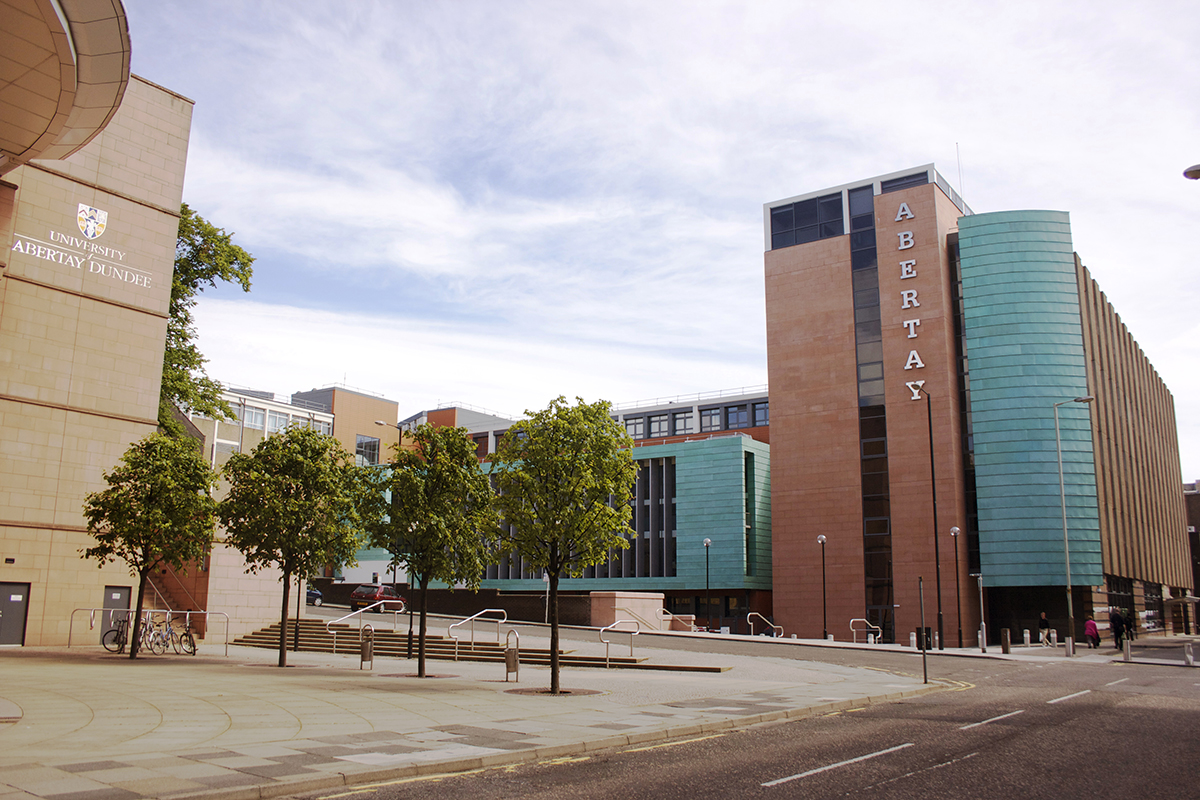
A group of friends from Abertay University have created a new retro platformer video game which is to be showcased at COP26.
A prototype of the educational game, which teaches players about the subject of carbon capture and storage as well as climate change, wooed SSE Thermal so much that the energy giant backed a month-long development process to fully create the game in time for the event at Glasgow’s SEC this November.
Created by game design and production students Harry Petch, Cameryn Tuliao and Jaime Williams, as well as computer games application development scholar Jordan Han, the game follows the lives of two people – one being an average person working from home and the other an SSE worker who rushes around maintaining the firm’s carbon capture storage station – all the while, facts and tips are intricately presented to players.
“It’s honestly quite nerve-wracking,” Harry Petch, who led the team, told Project Scotland on the build-up to unveiling the game to global leaders. “We do have support in place from Abertay, and I guess it is less so an incredibly scary test, but more an experience that is going to be very helpful going forward.”
Carbon capture and storage is tipped to be one of the main players in helping Scotland achieve its 2045 net zero target. It will see industries such as construction, energy and oil and gas be able to trap harmful emissions which come from heavy machinery – with studies currently being undertaken to use the captured CO2 to create things such as building materials.
Amazingly, much of the information in the game – which has been approved by SSE – was taken from Harry’s time in his A-Level geography class the year prior to the project, with SSE engineers later adding to it.
“There is definitely a challenge of branching out into new subjects, when it comes to developing games with a real-world purpose,” Harry said. “The game industry absolutely is leaning into and branching out into other sectors such as construction. I know anecdotally in construction, (game) engines like Unity – which is what we’re using to make our game – is being used for construction purposes, such as mocking up how a room is going to look and allowing it to be showcased in virtual reality.”
With the game tightly under wraps until COP26 gets underway, Harry was unable to give too much more away to Project Scotland on how it is played. However, he did describe it as a ‘Mario-like’ 8-bit traditional platformer control, with additional mini-games sprinkled throughout and information presented on the stress that we put on the energy system and how it is dealt with.
Going forward, the now second-year student admits it’s too early for him to decide whether he wants to continue on the route of creating games for training purposes. “The (games) industry is constantly changing; that’s probably the one true thing that I can really say. The industry’s always changing; there’s always companies being created and new opportunities coming out all of the time.”








